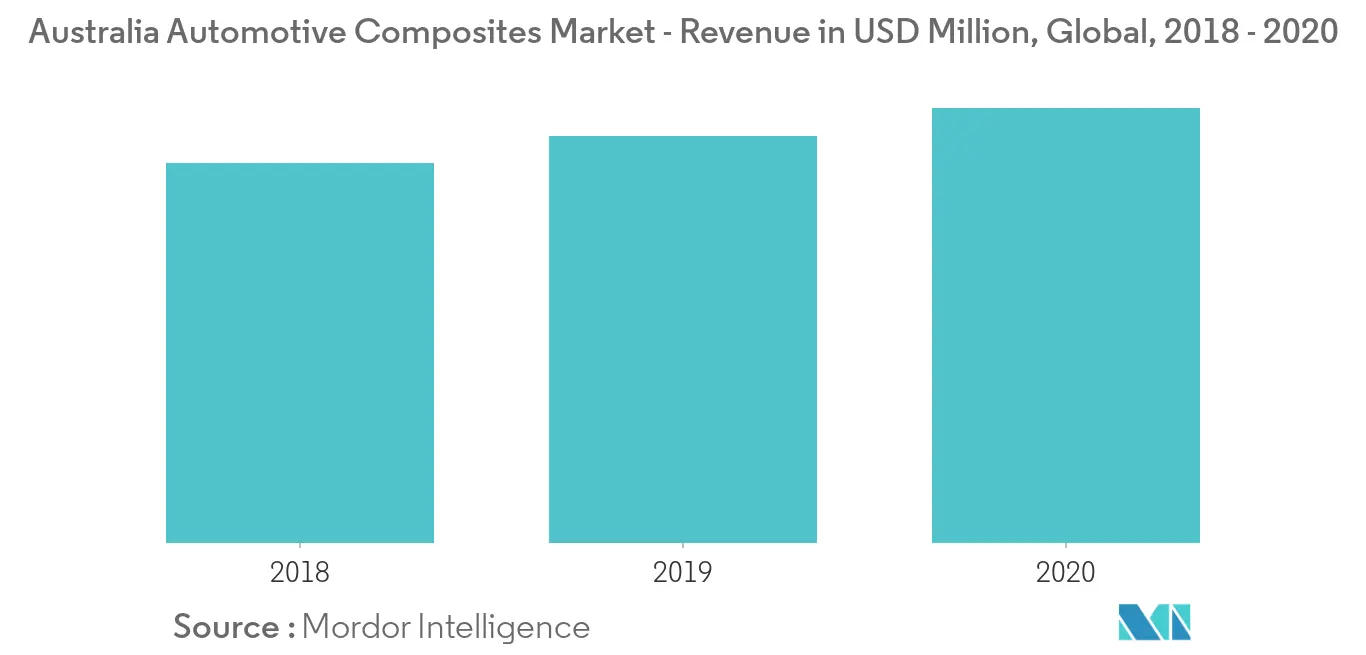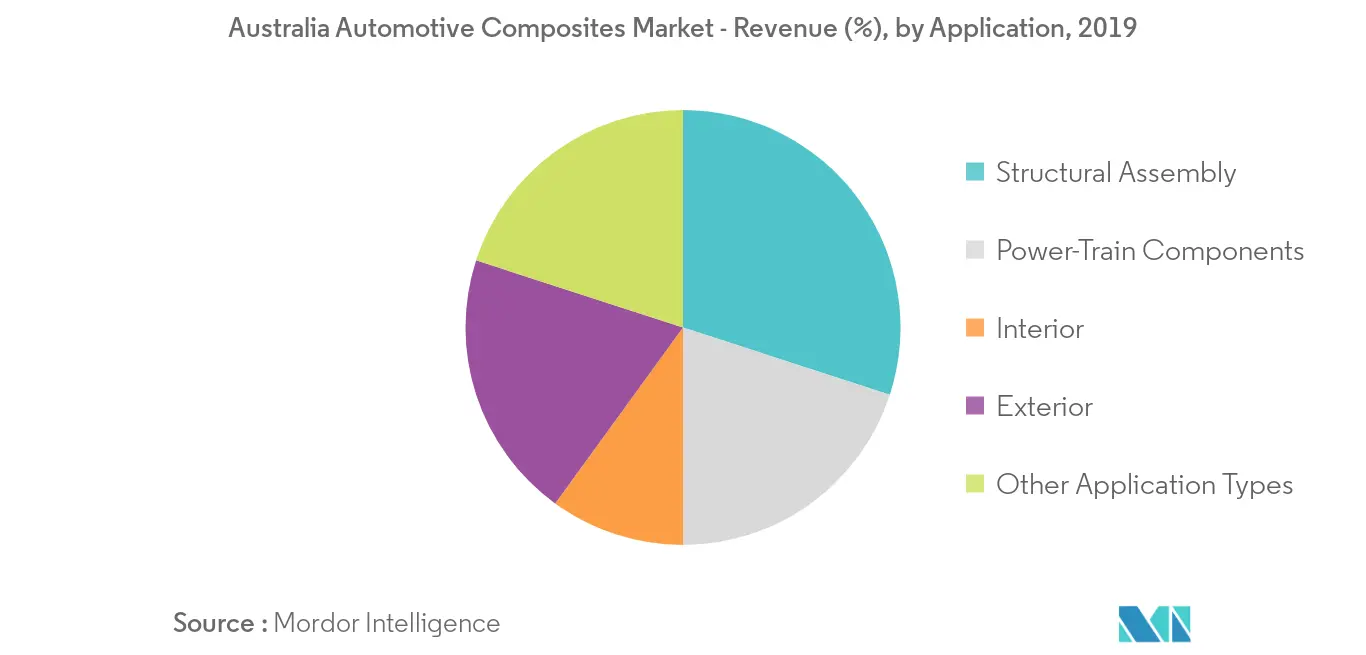Market Trends of Australia Automotive Composites Industry
This section covers the major market trends shaping the Australia Automotive Composites Market according to our research experts:
Growing Demand for Lightweight Materials
The automotive industry has been focusing on vehicle weight for decades as vehicle weight have direct impact on driving dynamics and fuel consumption. Due to the high cost of potential lightweight solutions and consumers' limited willingness to pay for weight reduction in automotive, the use of costly lightweight materials has so far been limited.
As governments from around the world are implementing stringent emission regulations and even are planning to set even higher emissions standards in the coming years, the importance of lightweight materials will increase.
In a typical automobile, the use of fibers is 50% by volume, while adding just 10% to the weight. In the United States, regulations mandate that by 2025, the average fuel economy standard must meet 54.5 miles per gallon.
As per the US Department of Energy (DOE), reducing the weight of vehicles by 10% yields an increase of 6-8% in fuel economy.
As a result, companies have started using materials like carbon fiber and glass fiber composites to make vehicles lightweight and fuel-efficient.
The usage of glass fiber composites aids in reducing vehicle by 25%.
Apart from carbon fiber, automobile manufacturers have been using glass fiber composites in the manufacturing of numerous automotive components.
For instance, 2017 Mini Countryman features an interior panel carrier, uses high flow concentrate long glass fiber-reinforced polypropylene (LGFPP) material (STAMAX resin) from SABIC. The part is ~15% lighter in weight than if made from solid plastic.
With the demand for lightweight vehicles increasing rapidly in developing economies, the market for carbon fiber composites is projected to grow at a fast pace during the forecast period..

Transportation Sector to Drive the Market:
The Corporate Average Fuel Economy (CAFÉ) standard forced manufacturers in the automobile industry to develop vehicle designs that incorporated high-performance light-weight materials. The weight of an automobile has a direct impact on driving dynamics, fuel consumption, and agility. A 10% reduction in vehicle weights results in approximately 5-7% rise in fuel savings
The rising focus on minimizing carbon emission and enhancement of fuel economy, primarily by reducing the weight of a vehicle, are driving the demand for thermoplastics composites.
Continuous fiber-reinforced thermoplastic composites (CFRTP) is one of the primary materials that can address the rising concerns regarding a vehicle's weight. In combination with metals, CFRTP composites will be a part of a multi-material approach when designing
the car of the future. These materials are developed and assembled with recyclability and sustainability in mind. In addition, the automotive industry standards will serve to align methods for characterizing the performance of CFRTP composites.
The automotive industry is undergoing a major transformation. As companies explore various options to address the future needs, collaboration has proven to be an effective way to discover the new growth avenues, will leveraging risk. The preferred approach is collaboration with strategic players throughout the value chain.
For instance, DuPont Transportation and Advanced Polymers choose to advance through collaborative networks, while actively participating in consortia, including IACMI (Institute for Advanced Composites Manufacturing Innovation) and AZL (Aachen Centre for Integrative Lightweight Production), where standardization is addressed, along with collaborative teams that are focusing on demonstrating the production methods of cost-effective CFRTP composites, especially for high-volume applications
In 2019, SABIC announced a new, cutting-edge technology for producing lightweight, cost-effective, and recyclable vehicle panels, primarily by using its UDMAX tape, a unidirectional, fiber-reinforced thermoplastic composite, at JEC World 2019. This innovative technology, which has designed to replace traditional panels made of metal and thermoset material for interior and exterior automotive applications, will soon be commercialized in the bulkhead of a light commercial vehicle (LCV)


